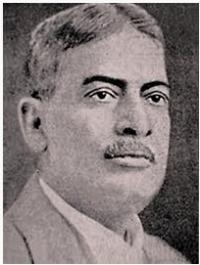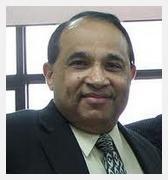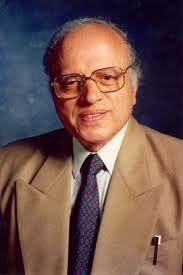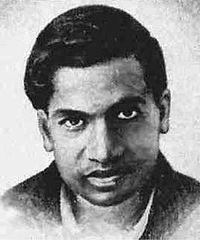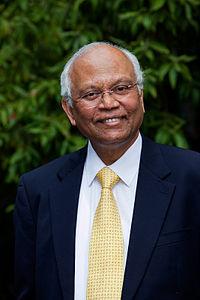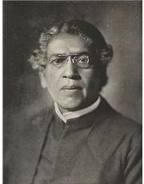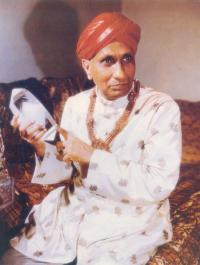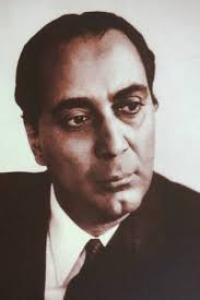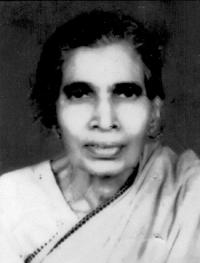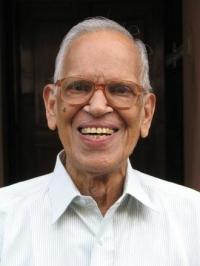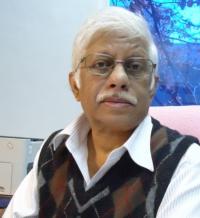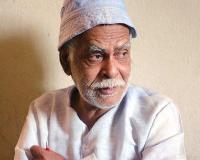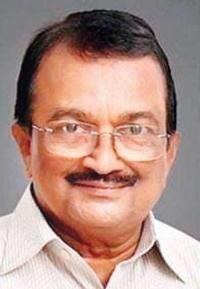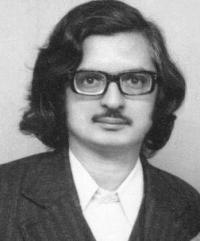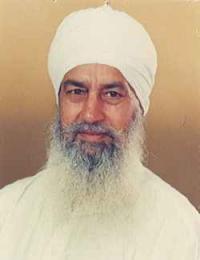Upendranath Brahmachari Biography 
Upendranath Brahmachari was an Indian scientist and a leading medical practitioner from Bengal. He was one of the major scientists during Bengal Renaissance and shares equal position with J. C. Bose, Satyendra Nath Bose and Meghnad Saha. He synthesized Urea Stibamine (carbostibamide) in 1922 used for the effective treatment of Kala-azar as the best substitute of antimony-containing compounds. His discovery was a great milestone and of great significance in the field of medical science as it was formulated long before the arrival of antibiotics. This great discovery saved millions of Indians, particularly belonging to the erstwhile province of Assam.
He was born on 19 December 1873 in Sardanga village of Burdwan of West Bengal. His father was a physician in Indian railways. He graduated in Mathematics and Chemistry from Hooghly Mohsin College with honours and later studied medical science. He completed Master’s degree in 1894 from the Presidency College, Kolkata and was ranked first for Medicine and in Surgery in 1900. Brahmachari joined the Provincial Medical Service in 1899 where he started his career as a teacher.
He carried out most of his work on Kala-azar (Visceral leishmaniasis) while he was working as a teacher in Medicine and Physician at the Campbell Medical School, Kolkata. His monumental discovery of Urea Stibamine during this period was a remarkable achievement in the field of Indian medicine, which saved millions of lives. He also served as Additional Physician in the Medical College Hospital and got retired in 1927. After retirement he worked as professor in many medical institutions. He also played a significant role in the formation of the world's second Blood Bank in Kolkata in 1939.
Published: N/A
Updated: June 16, 2014


